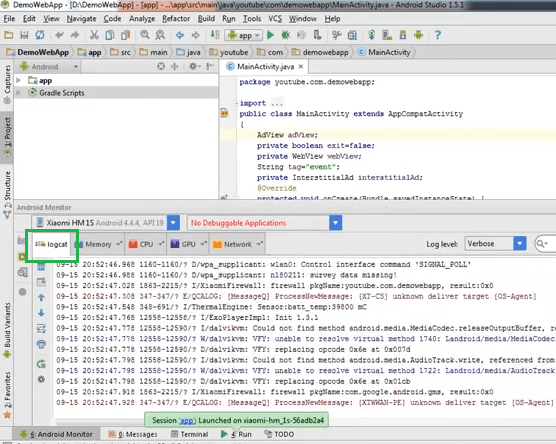
Send Recommendations that Include Amazon Enhancements. Implement VoiceView Accessibility Features. Step 6: Play Video Content with the PlaybackOverlayFragment.  Step 5: Provide the Details of the App Content Through the DetailsFragment. Step 4: Edit the User Interface Through Presenters. Step 3: Browse the Content of a Leanback-Enabled Android App. Step 2: Understand the Anatomy of a Leanback-Enabled Android App for Amazon Fire TV. How to Build an Android App for Fire TV. Deep Linking to Featured Content from the Fire TV UI. Introduction to Linear Television Integration. AV Synchronization in Android Applications. Voice-enabling Transport Controls with Media Session API. Overview for Voice-enabling Your App and Content. Developing for Amazon Fire TV Devices Running Fire OS 7. Developing for Amazon Fire TV Devices Running Fire OS 6. Fire TV Streaming Media Player Specifications. Submitting Your Fire TV App to the Appstore. Fire TV Development Versus Android TV Development. Fire App Builder: A Toolkit for Building Fire TV Apps. Point it at your sources (more specifically, at the src/main/java subfolder in the corresponding module). aar you want to associate and 'Open Library Settings' aar's (of which there is alot), you'll need to associate those. However, if you have code which is in binary compiled. Debug execution lets you set breakpoints and move through as usual. The toolbar at the top of the ide lets you define configurations for debug/run executions. Here you can filter logcat by application name (e.g. Use the monitor via the android studio menu, Tools->Monitor. Connect your device and then choose your configuration from the mini run menu on the toolbar at the top. Usually just launching the default activity works.įor convenience, I usually setup two or three variations on the configuration for an android application - make/deploy/launch, deploy/launch and deploy only. Choose the module (package) you want to take from. Run->Edit Configurations->+->Android Application Find the sources for this class, attach them and indexing will start for the whole jar. Top right of the window, 'Attach Sources'. This will take you to the class file in the. Right click on the symbol you want to index, e.g. Refer to the troubleshooting section if you are having Android Studio woes. Don't change any of the gradle settings away from the gradle wrapper configuration. Point at the root directory of your gradle project.
Step 5: Provide the Details of the App Content Through the DetailsFragment. Step 4: Edit the User Interface Through Presenters. Step 3: Browse the Content of a Leanback-Enabled Android App. Step 2: Understand the Anatomy of a Leanback-Enabled Android App for Amazon Fire TV. How to Build an Android App for Fire TV. Deep Linking to Featured Content from the Fire TV UI. Introduction to Linear Television Integration. AV Synchronization in Android Applications. Voice-enabling Transport Controls with Media Session API. Overview for Voice-enabling Your App and Content. Developing for Amazon Fire TV Devices Running Fire OS 7. Developing for Amazon Fire TV Devices Running Fire OS 6. Fire TV Streaming Media Player Specifications. Submitting Your Fire TV App to the Appstore. Fire TV Development Versus Android TV Development. Fire App Builder: A Toolkit for Building Fire TV Apps. Point it at your sources (more specifically, at the src/main/java subfolder in the corresponding module). aar you want to associate and 'Open Library Settings' aar's (of which there is alot), you'll need to associate those. However, if you have code which is in binary compiled. Debug execution lets you set breakpoints and move through as usual. The toolbar at the top of the ide lets you define configurations for debug/run executions. Here you can filter logcat by application name (e.g. Use the monitor via the android studio menu, Tools->Monitor. Connect your device and then choose your configuration from the mini run menu on the toolbar at the top. Usually just launching the default activity works.įor convenience, I usually setup two or three variations on the configuration for an android application - make/deploy/launch, deploy/launch and deploy only. Choose the module (package) you want to take from. Run->Edit Configurations->+->Android Application Find the sources for this class, attach them and indexing will start for the whole jar. Top right of the window, 'Attach Sources'. This will take you to the class file in the. Right click on the symbol you want to index, e.g. Refer to the troubleshooting section if you are having Android Studio woes. Don't change any of the gradle settings away from the gradle wrapper configuration. Point at the root directory of your gradle project. 

Point at the adle file, not the root directory of your gradle project. Two ways to import projects from the android studio welcome window: Synchronised with the command line execution of the new android gradle plugin. Some of this may no longer be relevant given how fast Android Studio releases have been happening.







 0 kommentar(er)
0 kommentar(er)
